What is an Electronic Passive Lock? And What Can It Do?
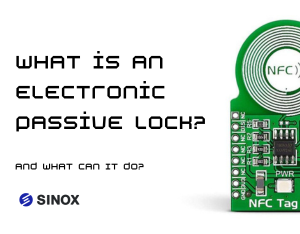
.png)
Have you ever faced these situations?
- You need to unlock a door, but the electronic lock’s battery is dead?
- Managing multiple storage lockers and constantly changing batteries—it's a hassle and costly?
- You want a more secure lock but don’t want to deal with traditional mechanical keys?
If these sound familiar, then an Electronic Passive Lock might be just what you need. It offers the convenience and security of an electronic lock without requiring an internal battery, making lock management much simpler.
How Does an Electronic Passive Lock Work?
In simple terms, an Electronic Passive Lock operates using "smart unlocking technology" instead of an internal power source. Traditional electronic locks need batteries or an external power supply, but passive locks are activated using a special key, RFID (Radio Frequency Identification), or NFC (Near Field Communication).
Here’s how it works:
- Power Activation – When an authorized key comes close to or touches the lock, it provides a short burst of power to activate it.
- Identity Verification – The lock and key communicate through encryption to confirm authorization.
- Unlocking Mechanism – Once verified, the lock’s internal mechanical system activates, allowing you to unlock it.
Since the lock itself doesn’t need a built-in battery, you don’t have to worry about it running out of power, which also reduces maintenance costs.
Why Choose an Electronic Passive Lock?
Compared to traditional locks, the benefits are clear:
- No battery required – Since it doesn’t have an internal battery, there’s no need for maintenance. Perfect for long-term, unattended use.
- Higher security – Advanced encryption technology makes it difficult to duplicate or hack.
- More durable & eco-friendly – No batteries mean no electronic waste, and it can withstand harsh environments.
- Smart management – You can track unlock records, set different access permissions, and manage locks more efficiently.

Where Can Electronic Passive Locks Be Used?
Scenario 1: A Telecom Engineer on a Midnight Repair Call
It’s late at night, and a telecom engineer gets an emergency alert—a server cabinet has malfunctioned and needs immediate repair. They rush to the site, only to realize they forgot the physical key! If the cabinet had an Electronic Passive Lock, all they’d need is their authorized key to power up, verify, and unlock it—no more worries about lost keys or dead batteries.
Scenario 2: More Efficient Warehouse Management
A logistics company manages hundreds of storage containers, and keeping track of all the keys is a nightmare. With Electronic Passive Locks, employees only need a single authorized key to access any assigned container. Plus, every unlocking action is logged, improving security and accountability.
Scenario 3: Railway Maintenance in Extreme Conditions
Railway engineers regularly inspect maintenance tunnels under bridges. These locations are often exposed to harsh weather, causing traditional locks to rust or fail, while battery-powered electronic locks may stop working due to extreme temperatures. An Electronic Passive Lock ensures reliable unlocking regardless of the conditions, boosting efficiency.
Scenario 4: Secure Medication Storage in Smart Hospitals
Hospitals store valuable and sensitive medications that require strict access control. With Electronic Passive Locks, administrators can assign specific access permissions to different staff members and track every unlocking event, ensuring better security and compliance.
Electronic Passive Locks combine the best of electronic authentication and mechanical locking, giving you a smarter way to secure assets—without worrying about battery life. In the future, this technology will likely be applied in even more areas, making security management easier than ever. If you’re curious about this innovation, keep an eye on it and see how it can transform everyday security!

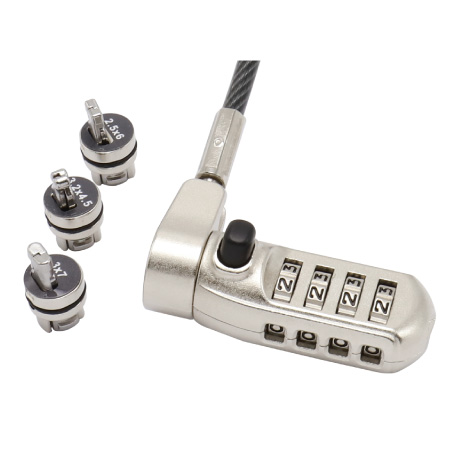
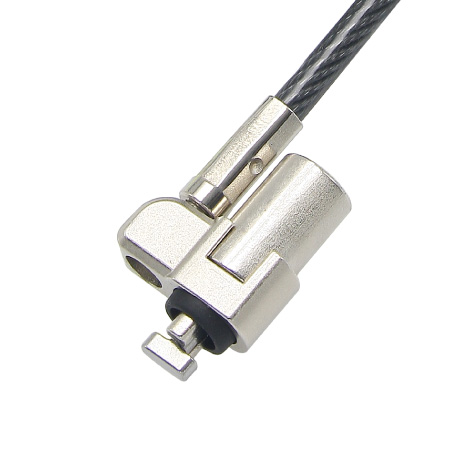
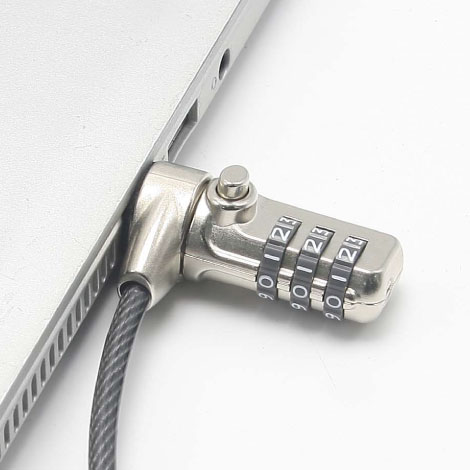
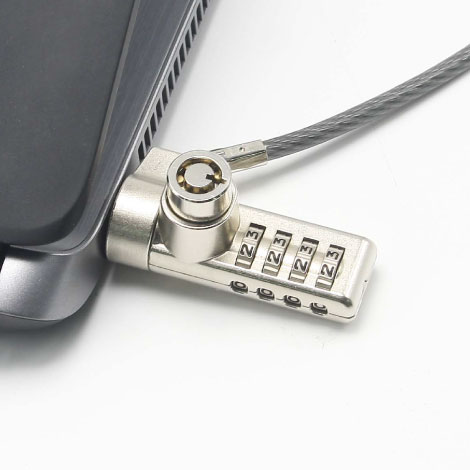
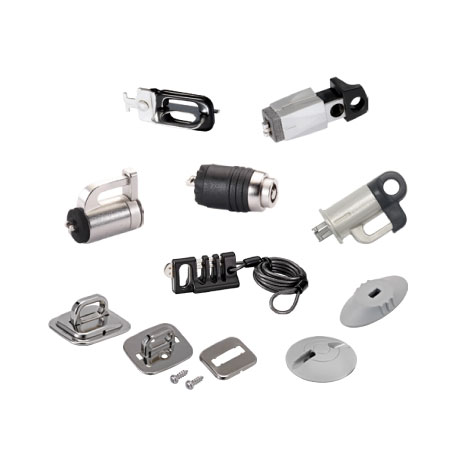
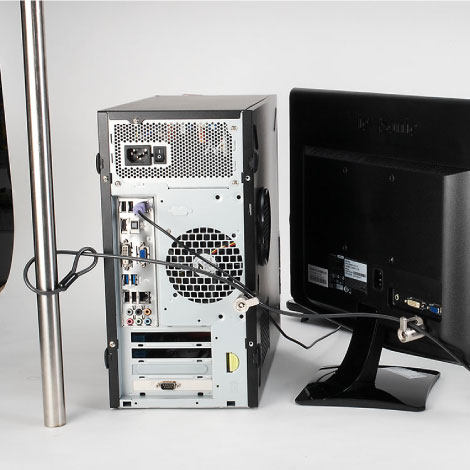
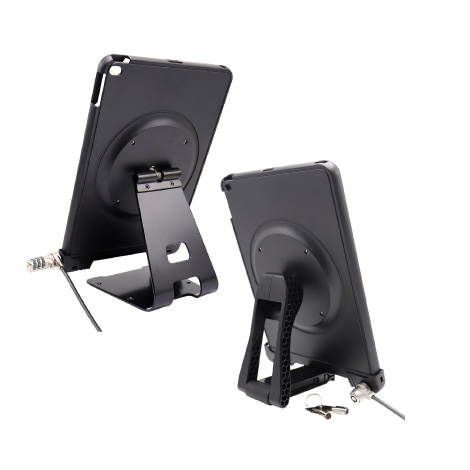
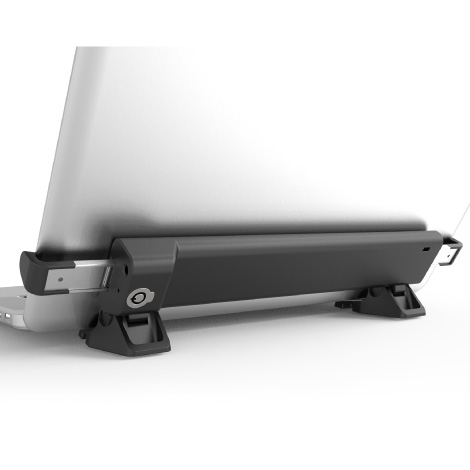
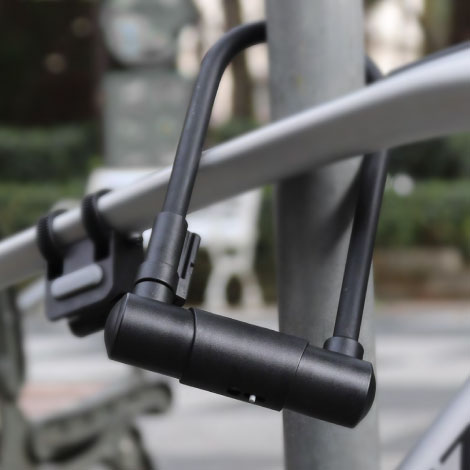
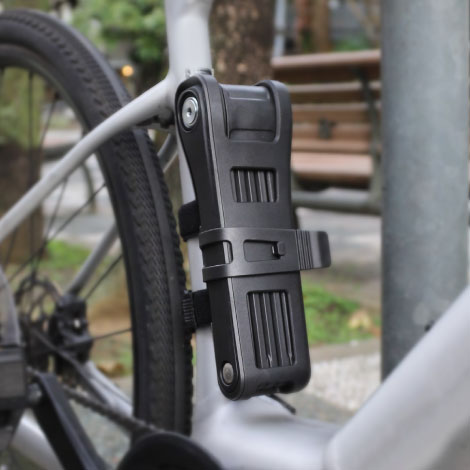
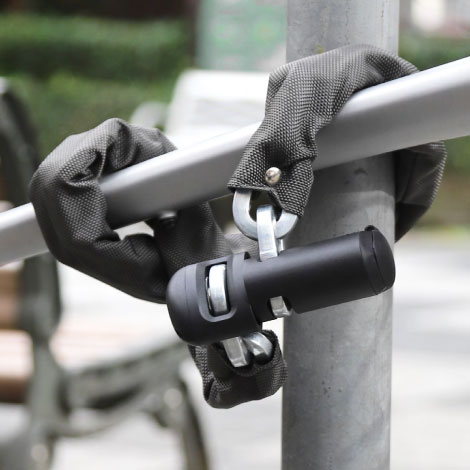
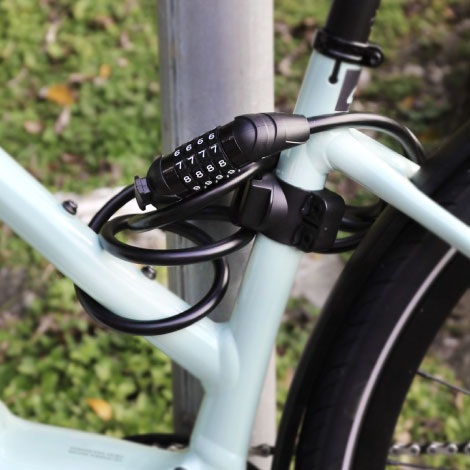
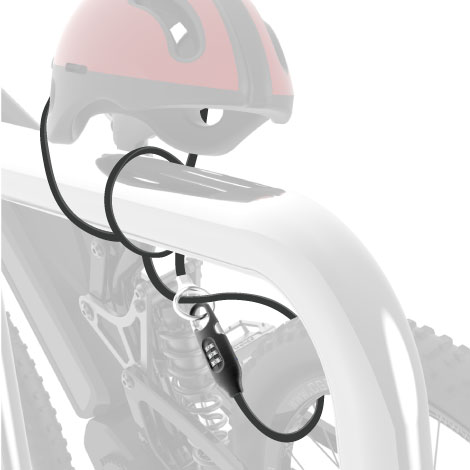
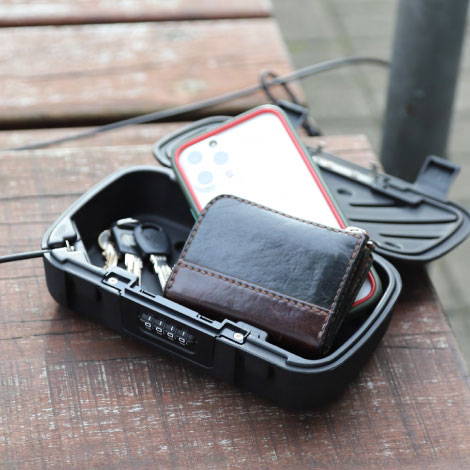
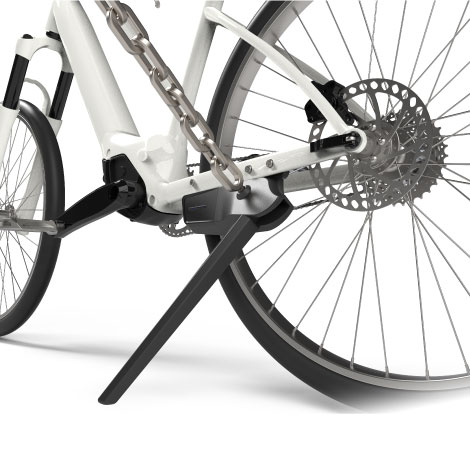
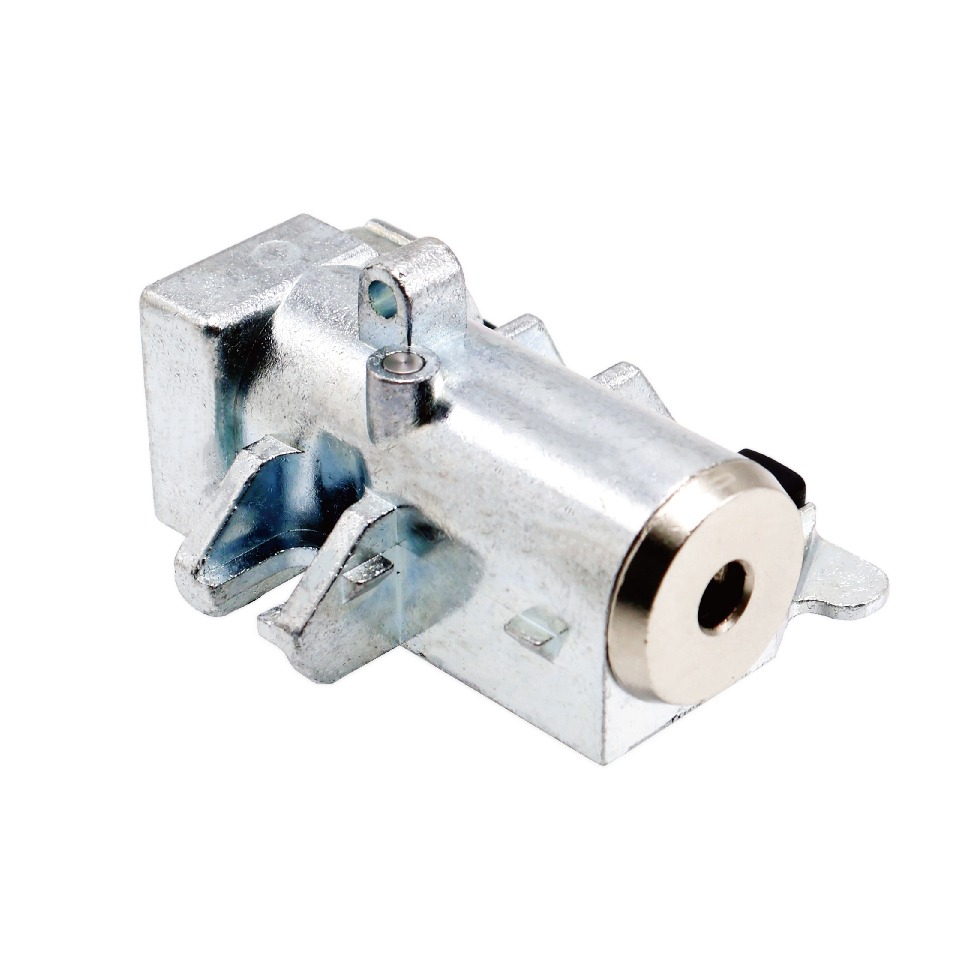
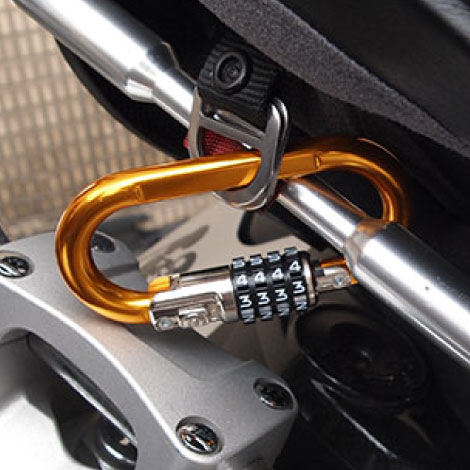


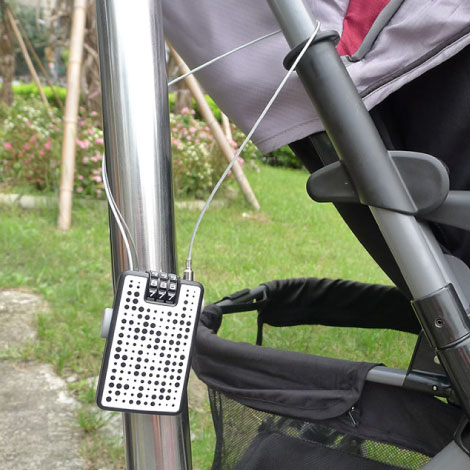



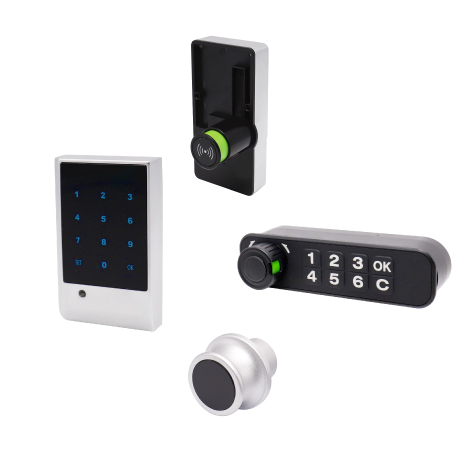

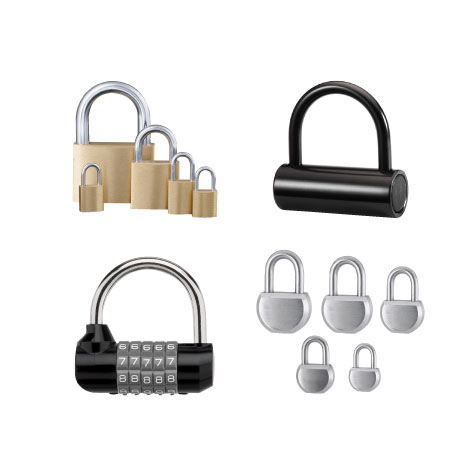
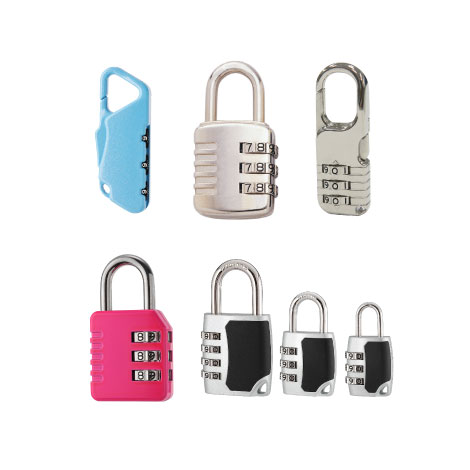


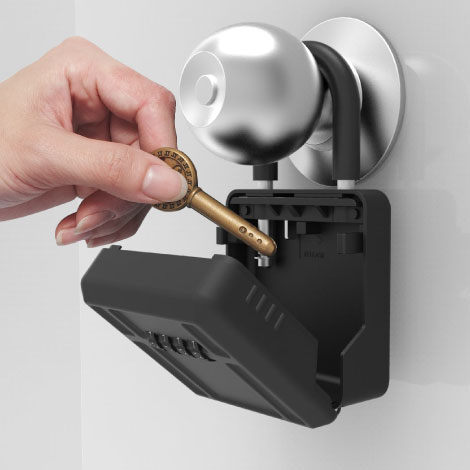
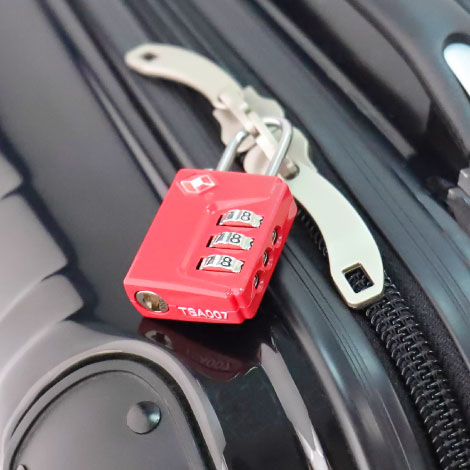
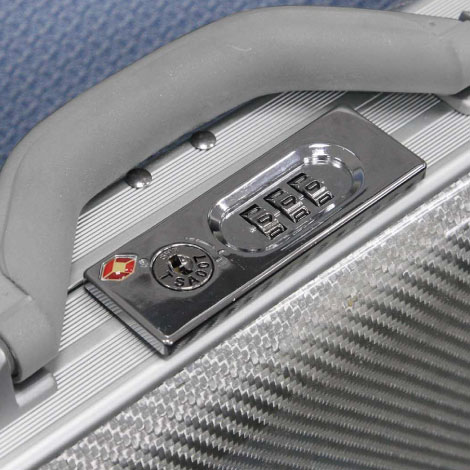
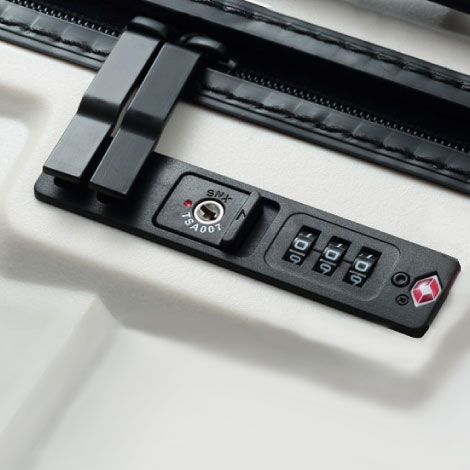
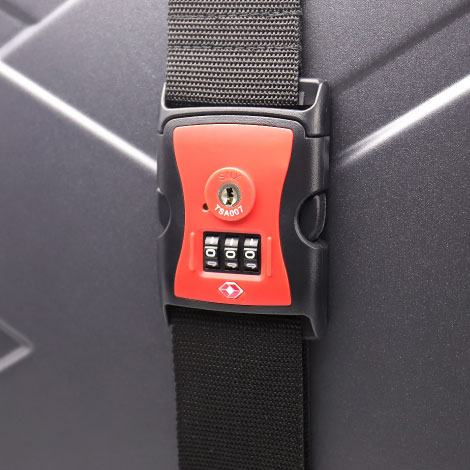
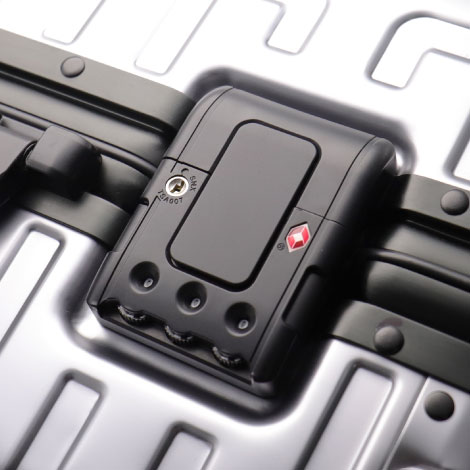

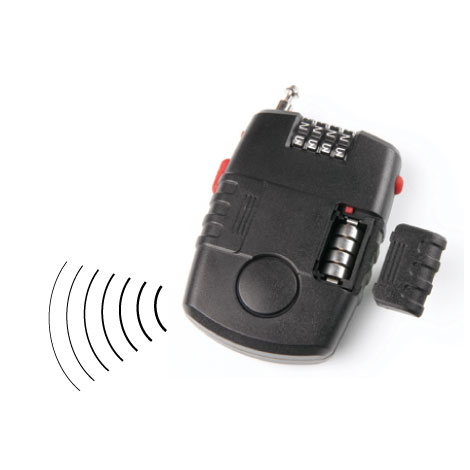
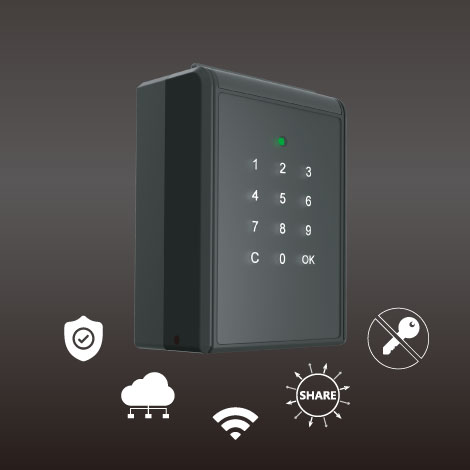
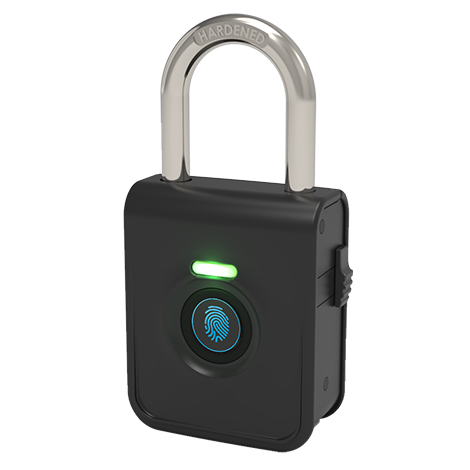
 English
English 繁體中文
繁體中文 简体中文
简体中文